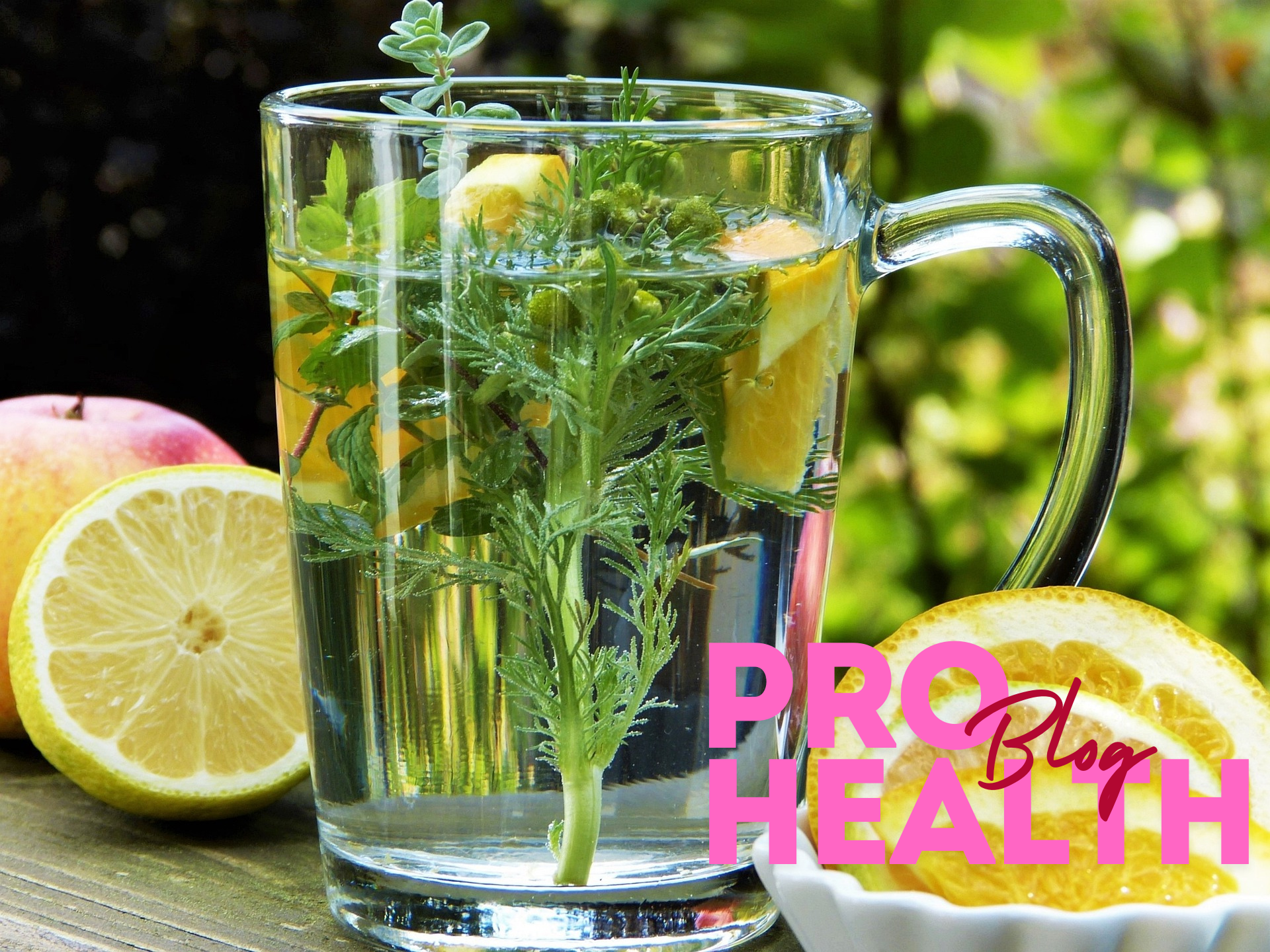Introduction
Chronic pain is a pervasive issue affecting millions of individuals worldwide, transforming daily life into a continuous struggle for relief. For many, conventional medical treatments often provide limited relief, prompting a search for holistic approaches that embrace the interconnectedness of body, mind, and spirit. This article delves into effective holistic methods for managing chronic pain, offering a comprehensive guide to achieving relief that respects the whole person.
Understanding Chronic Pain
Chronic pain is characterized by persistent discomfort lasting longer than 12 weeks, often continuing even after the underlying injury or condition has healed. This type of pain can be linked to various conditions, such as arthritis, fibromyalgia, or past injuries. Its complexity often necessitates a multifaceted approach to treatment, integrating multiple strategies to address both physical and emotional aspects of pain.
The Mind-Body Connection
The intricate relationship between the mind and body plays a crucial role in how we experience and manage pain. Our mental state and emotional responses can profoundly influence our physical sensations.
Research highlights that our thoughts, beliefs, and emotions can significantly affect pain perception. Techniques such as cognitive-behavioral therapy (CBT) and positive visualization can help shift pain perception, reduce stress, and improve overall pain management. By harnessing the mind-body connection, individuals can explore innovative ways to alleviate discomfort and enhance quality of life.
Holistic Approaches to Pain Management

- Mindfulness and MeditationBenefits of MindfulnessMindfulness involves being fully present in the moment and can offer substantial benefits for chronic pain management. Key advantages include:
- Decreased Anxiety and Depression: Regular mindfulness practice can help manage the emotional impact of chronic pain, reducing anxiety and depressive symptoms.
- Improved Resilience Against Pain: Mindfulness fosters a non-judgmental awareness of pain, which can enhance pain tolerance and acceptance.
- Enhanced Focus and Clarity: Mindfulness improves cognitive function, helping individuals to manage their pain more effectively and maintain mental clarity.
- Guided Meditation: Using a guide or recording can assist newcomers in establishing a consistent practice. This approach often includes visualizations or themed exercises to focus the mind.
- Body Scan Meditation: This technique involves focusing on different parts of the body to observe sensations and pain without judgment, which can help in managing chronic pain.
- Yoga and Gentle MovementThe Healing Power of MovementYoga is a holistic practice combining physical postures, breath control, and meditation. It offers several benefits for chronic pain, including:
- Enhanced Flexibility and Strength: Yoga can improve flexibility and strengthen muscles, reducing pain and preventing further injuries.
- Increased Blood Flow: Gentle movements promote better circulation to areas affected by pain, aiding in healing and reducing discomfort.
- Stress Reduction: The practice of mindful breathing and relaxation techniques in yoga helps lower stress levels, which can alleviate pain exacerbated by stress.
- Child’s Pose: A restorative pose that gently stretches the back and alleviates tension, particularly beneficial for lower back pain.
- Cobra Pose: This pose strengthens the spine and opens the chest, which can relieve stiffness and improve flexibility in the upper body.
- Nutrition for HealingThe Importance of a Balanced DietNutrition plays a critical role in managing chronic pain. An anti-inflammatory diet can help alleviate symptoms and improve overall well-being. Essential dietary components include:
- Omega-3 Fatty Acids: Found in fatty fish like salmon and plant sources such as flaxseeds, omega-3s help reduce inflammation and support joint health.
- Antioxidant-Rich Foods: Fruits and vegetables high in antioxidants combat oxidative stress and inflammation, which can contribute to pain relief.
- Whole Grains: Foods like brown rice, quinoa, and oats provide sustained energy and help maintain overall health, which can indirectly influence pain levels.
- Processed Sugars and Trans Fats: These can increase inflammatory responses and worsen chronic pain.
- Excessive Alcohol Consumption: Alcohol can contribute to inflammation and may interfere with pain management strategies.
- Highly Processed Grains: Often lacking in nutrients and fiber, these grains can impact overall health and exacerbate pain.
- Acupuncture and Massage TherapyThe Art of AcupunctureAcupuncture involves inserting fine needles into specific points on the body to stimulate the nervous system and promote natural pain relief. Key benefits include:
- Reduced Inflammation: Acupuncture can help lower inflammation levels, which is crucial for managing chronic pain.
- Improved Range of Motion: By addressing muscle and joint issues, acupuncture can enhance flexibility and reduce stiffness.
- Enhanced Overall Well-Being: The practice promotes relaxation and reduces stress, contributing to a better quality of life.
- Swedish Massage: Provides general relaxation and stress relief, beneficial for overall well-being.
- Deep Tissue Massage: Targets deeper layers of muscle tissue to relieve chronic tension and pain, particularly useful for those with severe muscle discomfort.
- Herbal Remedies and SupplementsNature’s OfferingsHerbal remedies can complement traditional pain management strategies. Some popular options include:
- Turmeric: Contains curcumin, known for its potent anti-inflammatory properties. It can help reduce pain and inflammation in conditions like arthritis.
- Ginger: Another natural anti-inflammatory that may alleviate muscle pain and improve digestion, which can be beneficial for overall health.
Conclusion
Managing chronic pain holistically involves embracing a comprehensive approach that integrates physical, emotional, and spiritual aspects of health. Techniques such as mindfulness, yoga, proper nutrition, acupuncture, and herbal remedies offer diverse tools for pain management.
The journey to relief may require patience and experimentation, but each step towards understanding and integrating these methods can lead to significant improvements in quality of life.
“Healing takes time, and asking for help is a courageous step.” – Mariska Hargitay
For further exploration of holistic practices, consult resources such as Mindful for meditation techniques or the National Center for Complementary and Integrative Health for information on various alternative therapies.
By incorporating these holistic strategies, you can develop a personalized and effective pain management plan. The path to relief is not solely about eliminating pain but about embracing a sense of wholeness and achieving overall well-being.



OwdftYIPl